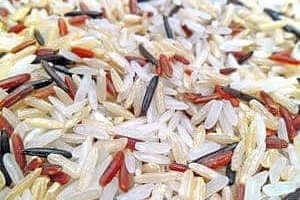Agriculture
Scientists reveal where growing conditions today mirror future climates
With climate change posing a threat to food production around the world, scientists are developing a form of virtual time travel that can offer farmers in many countries a glimpse of their future by identifyi…
Climate-smart agriculture should be livelihood-smart too
Encouraging climate-smart agriculture can lead to climate change adaptation practices in a partnership where the farmer’s needs are addressed.
“Climate-smart agriculture has the potential to increase sustainable productivity, increase the resilience of…
Statistical analysis can estimate crop performance
Madison, WI December 23, 2010 — Scientists at Rothamsted Research, United Kingdom, in collaboration with the International Center for Agriculture Research in the Dry Areas (ICARDA), Syria have developed a method of accounting for spatial trend in …
Scientists develop new DNA technique to aid crops and trees at risk from deadly ‘honey fungus’
An international team of scientists has developed a new technique to aid crops at risk from a devastating agricultural parasite commonly known as the ‘honey fungus’, one of the most serious diseases of trees and shrubs across the northern hemisphere…
A reinvention of agriculture is needed to meet global challenges
Des Moines, Iowa USA: World renowned scientists speaking at the World Food Prize Borlaug Dialogue have called for a radical transformation in the agriculture sector to cope with climate change, food security and to transition towards sustainability.
…
Agriculture's origin may be hidden in 'invisible' clues
As scientists attempt to learn about the origins of agriculture in the New World, they’re focusing on what, for the most part, is invisible ? microscopic plant crystals, tiny starch grains and fossilized pollen.
These microscopic plant traces reliably record the earliest use of domesticated plants, says Texas A&M University anthropologist Vaughn Bryant, who is also the director the university’s palynology laboratory.

